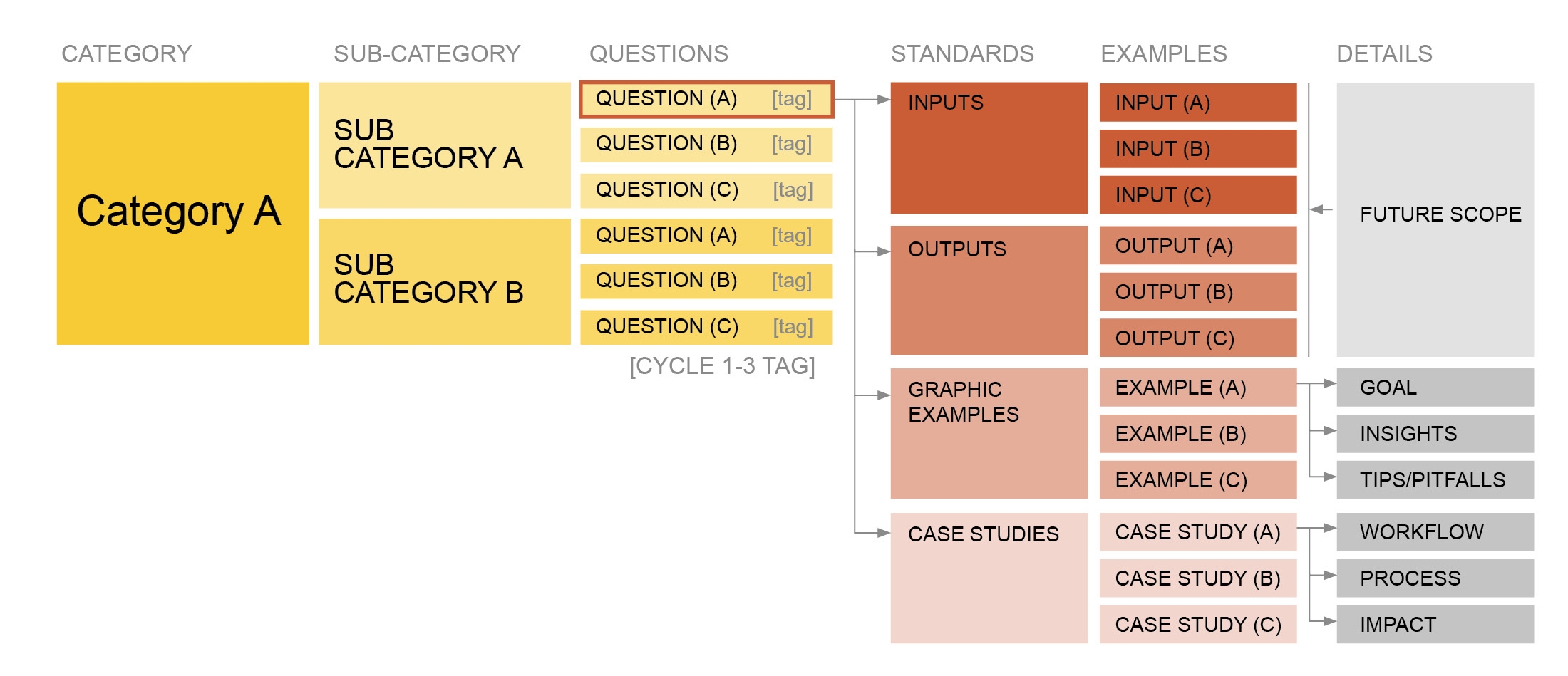Mission – Project STASIO
(STAndard SImulation Outputs)
What exactly is “Early Energy Modeling,” what does it entail, and what types of questions can it answer? The new ASHRAE standard 209 provides a framework on how to integrate early energy modeling into the design process, and Project STASIO aims to provide supporting content on inputs, outputs, and case studies around the first three ‘modeling cycles’ defined by the standard. The goal is to expand and populate the diagram below with crowd-sourced content from national and international simulation communities.

The IBPSA-USA Architectural Simulations Subcommittee
The major objective of the Architectural Simulations research subcommittee is to re-establish IBPSA-USA as a ‘big tent’ organization where various other applications of simulation in the buildings arena will have a dedicated platform. These areas include indoor air, lighting, acoustics, moisture, fire, and occupant flow, among others. This subcommittee seeks to elevate these key non-energy areas of interest, and will facilitate deeper cross-disciplinary discussions with researchers and practitioners in these areas.
Project STASIO is one of the projects undertaken by the Architectural Simulations subcommittee aimed to provide supporting content for the new ASHRAE Standard 209 – Energy Simulation Aided Design for Buildings Except Low-Rise Residential Buildings. This project strives to provide guidance on how to effectively apply building energy modeling at an energy design stage for effective communication of simulation inputs and outputs between the designer and the energy analyst. This subcommittee comprises of members with diverse expertise including architectural design, building energy simulation and software development.
This project addresses the first three design phase modeling cycles according to the ASHRAE Standard 209 framework-
-
Modeling Cycle #1 – Simple Box Modeling
-
Modeling Cycle #2 – Conceptual Design Modeling
-
Modeling Cycle #3 – Load Reduction Modeling
-
Modeling Cycle #4 – HVAC Systems Modeling
-
Modeling Cycle #5 – Design Refinement
-
Modeling Cycle #6 – Integration and Optimization
-
Modeling Cycle #7 – Value Engineering
-
Modeling Cycle #8 – As Designed Energy Performance
-
Modeling Cycle #9 – Contemplated Change Orders
-
Modeling Cycle #10 – As Built Energy Performance
-
Modeling Cycle #11 – Post Occupancy Energy Comparison
The Project STASIO Website
This website is designed to house the work of the Architectural Subcommittee around defining the value of early energy modeling and the standardization of inputs and outputs for the various ASHRAE Standard 209 modeling cycles. It does this by organizing energy modeling efforts according to targeted investigations questions broken down by energy modeling category. Each question is then broken down into the types of inputs and outputs required to fully explore the question. Currently the website serves as a crowd-sourced repository for examples of graphic outputs and full energy modeling case studies organized by investigation question, which includes how each question fits into the ASHRAE Standard 209 modeling cycles.
The hope is to create a diverse library of different types of outputs where the simulation community can learn from data visualization best practices and what insights they can provide in the design process. Increasing our ability to communicate simulation data to clients, to the design team, and to eachother can add to the overall value of energy modeling. This effort can also start to suggest a standardization of certain types of graphics, including their outputs and inputs.
Another goal of the website builds upon the graphics library and aims to aggregate full-blown energy modeling case studies that more fully articulate the value of early energy modeling in the design process. Few inter-office, inter-disciplinary case study repositories exist that concisely depict the value of this type of analysis — too often case studies focus simply on what was analyzed, instead of what was learned from the simulation and how it ultimately affected the design of the project. Having a case study library can serve as a resource for those advocating to integrate energy modeling into their firms, or to provide a roadmap of what types of questions can be answered through simulation.
